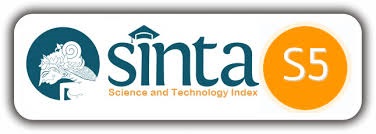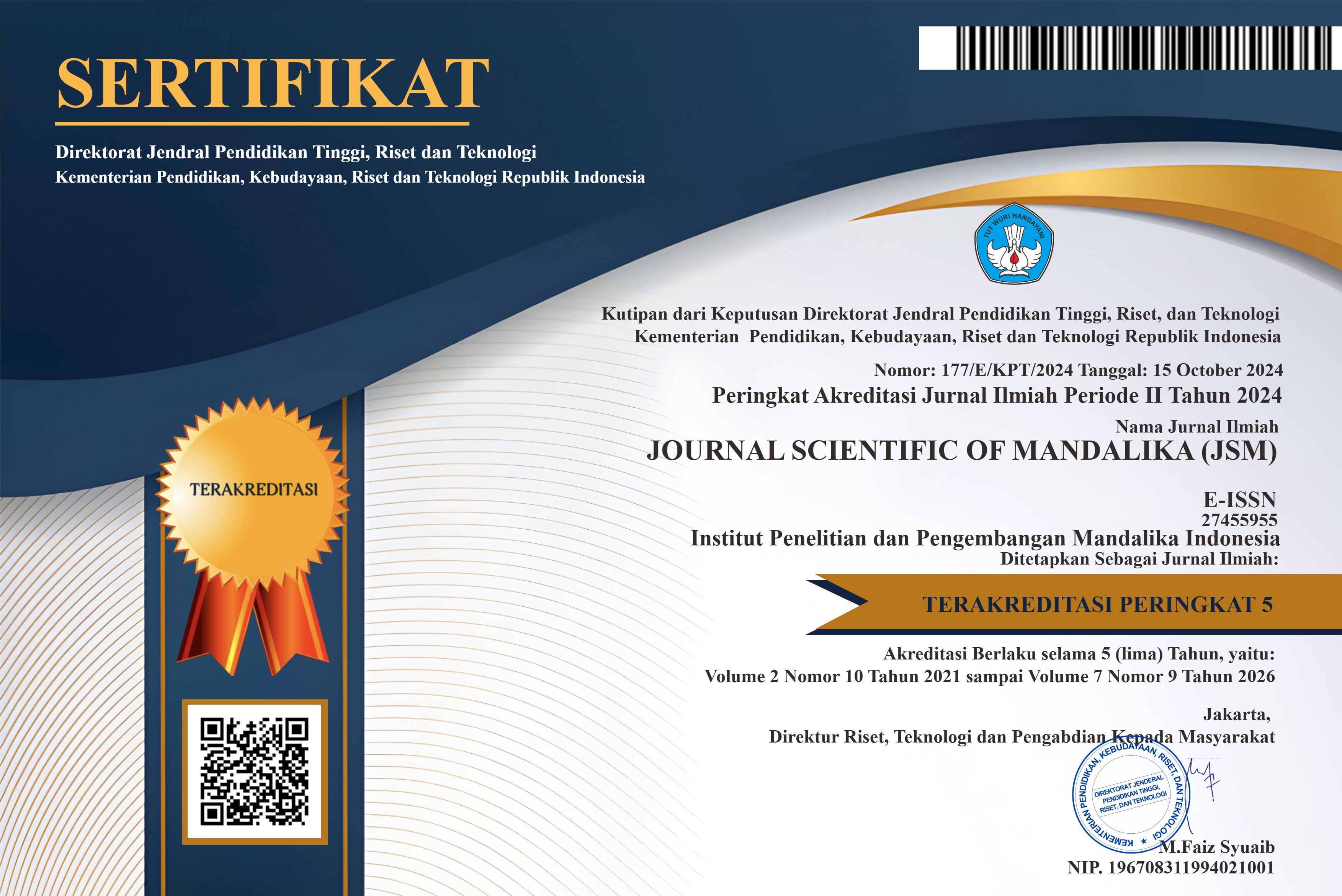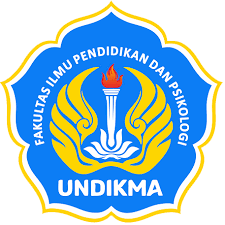THE IMPACT OF AGLOMERATION METHOD FROM AQUADES AND WASTE COOKING OIL TO THE INCREASING OF THE CALORIFIC VALUE AT PT MEGAPRIMA PERSADA’S COAL IN PT SURVEYOR INDONESIA LABORATORY, SAMARINDA EAST KALIMANTAN)
Abstract
Coal is a fossil fuel that is formed from organic deposits. Coal reserves in Indonesia generally include low rank coal with a total moisture up to 40%. Coal with low ash and sulfur content can be obtained by utilizing oil and water which in this case is called agglomeration. In making agglomeration this time it is done by using waste cooking oil and aquades. The comparison used was 100 g of coal, 100 ml of distilled water and the variable that was distinguished was waste cooking oil, namely 20 ml, 30 ml and 40 ml. Proximate analysis results on coal obtained IM 11,93%, AC 7,04%, AC 39,79% and FC 41,24%. At 20 ml agglomeration obtained IM 0,47%, AC 6,04%, VM 51,94% and FC 41,55%. At 30 ml agglomeration, the value of IM is 0,37%, AC is 5,35%, VM is 67,38% and FC is 36,38%. At 40 ml agglomeration, the value of IM is 0,26%, AC is 4,76%, VM is 59,19% and FC is 35,79%.
Copyright (c) 2023 JOURNAL SCIENTIFIC OF MANDALIKA (JSM) e-ISSN 2745-5955 | p-ISSN 2809-0543

This work is licensed under a Creative Commons Attribution-ShareAlike 4.0 International License.













